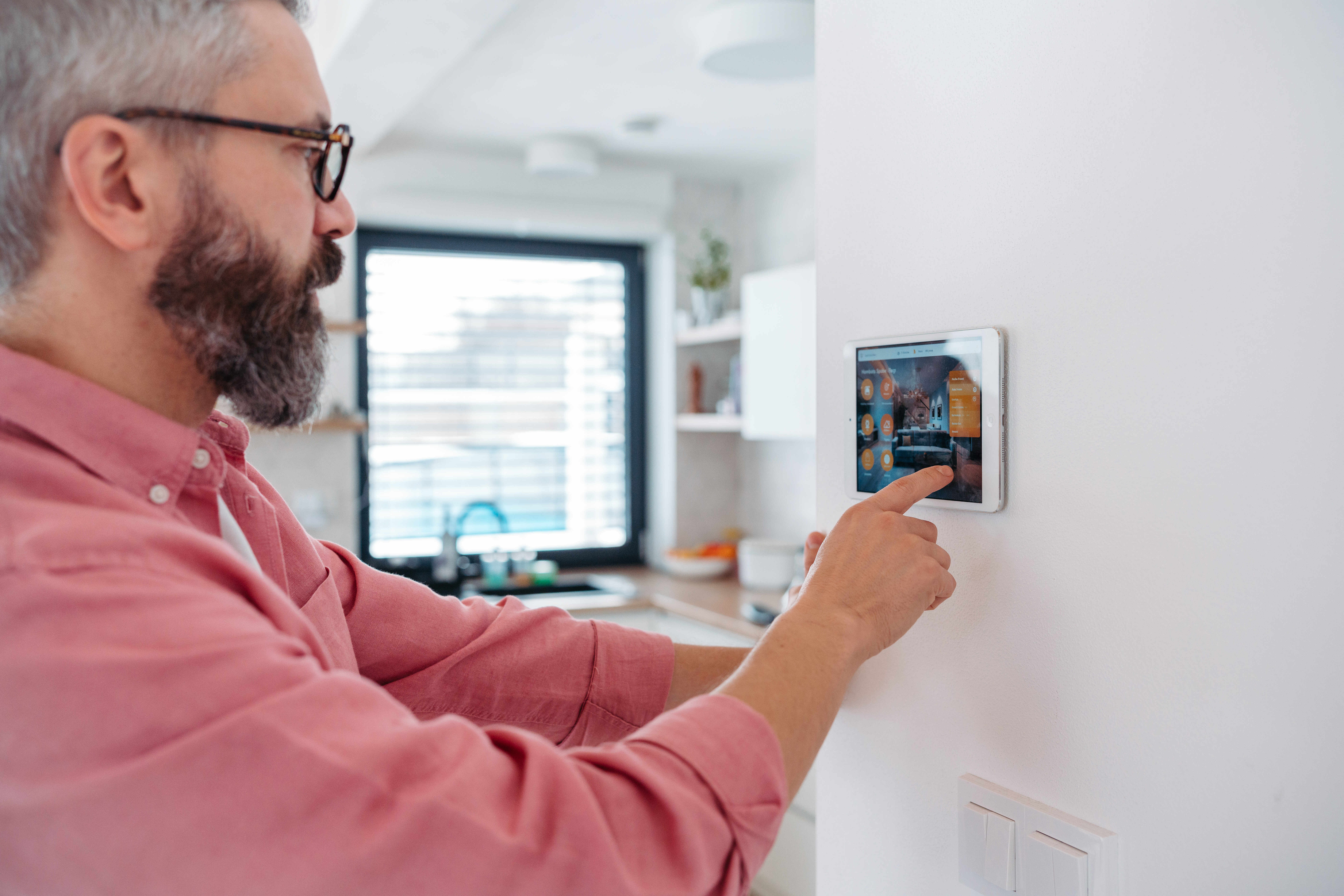How to Save Thousands With Energy-Efficient Home Upgrades
Updated: Apr 19, 2025
Discover how energy-efficient home upgrades can reduce your utility bills and increase your property’s value. Learn about affordable changes and available incentives that make these improvements more accessible than ever.

Why Energy Efficiency Matters
Energy-efficient upgrades are not just good for the environment—they’re also great for your wallet. By reducing energy waste, you lower monthly utility costs and save money over the long term. Upgrading your home’s efficiency can also make it more comfortable and appealing to potential buyers if you decide to sell.
In 2025, many homeowners are eligible for tax credits, rebates, and other incentives that make energy-saving upgrades even more affordable.
Upgrade Your Insulation
One of the simplest and most impactful ways to improve your home’s energy efficiency is by upgrading insulation. Poor insulation allows heat to escape in winter and enter in summer, making your heating and cooling systems work harder.
- Where to Start: Focus on the attic, walls, and basement. These areas are common culprits for energy loss.
- Costs: Insulating an attic can cost between $1,500 and $3,500, but the investment pays off in lower utility bills.
- Savings: You can save up to 20% on heating and cooling costs.
Switch to Energy-Efficient Windows
Replacing old, drafty windows with energy-efficient models can significantly reduce energy loss. Look for windows with double or triple panes, low-emissivity (low-E) coatings, and tight seals.
- Costs: Expect to pay $300 to $1,000 per window, depending on size and type.
- Savings: Energy-efficient windows can reduce heating and cooling costs by up to 15%.
- Incentives: Many states offer rebates or tax credits for window upgrades.
Upgrade to a Smart Thermostat
Smart thermostats are a simple, affordable way to reduce energy usage without sacrificing comfort. These devices learn your preferences, adjust temperatures automatically, and allow remote control via smartphone.
- Costs: Most smart thermostats cost between $100 and $250.
- Savings: They can lower heating and cooling costs by up to 10%.
- Popular Models: Consider the Nest Thermostat, Ecobee, or Honeywell Lyric.
Invest in Energy-Efficient Appliances
Old appliances are energy hogs. Upgrading to ENERGY STAR-certified appliances can drastically cut electricity and water usage.
- Examples: Refrigerators, washing machines, dishwashers, and water heaters.
- Savings: ENERGY STAR refrigerators use about 15% less energy, while washers save up to 25%.
- Incentives: Look for local utility rebates or federal tax credits for appliance upgrades.
Install LED Lighting
Swapping out incandescent bulbs for LED lighting is one of the easiest and most cost-effective upgrades. LED bulbs use up to 75% less energy and last 25 times longer than traditional bulbs.
- Costs: LED bulbs cost around $3 to $10 each.
- Savings: Replacing the lighting in an average home can save about $225 annually.
- Additional Benefits: LEDs are available in various colors and styles to match your decor.
Consider Solar Panels
Solar panels are a long-term investment that can drastically reduce or even eliminate your electricity bills. They harness renewable energy, making your home more self-sufficient.
- Costs: Installation typically ranges from $15,000 to $25,000, but federal tax credits can reduce costs by up to 30%.
- Savings: Depending on your location and energy usage, solar panels can save $10,000 to $30,000 over 20 years.
- Incentives: Federal and state programs, as well as local utility rebates, can make solar more affordable.
Seal Leaks and Drafts
Air leaks around doors, windows, and ducts waste energy and increase heating and cooling costs. Sealing these gaps is an affordable and effective way to improve efficiency.
- How to Identify Leaks: Use a thermal camera or feel for drafts on windy days.
- Costs: Weatherstripping and caulk are inexpensive, typically costing less than $100 for most homes.
- Savings: You can save up to 10% on utility bills by sealing leaks.
Install a Tankless Water Heater
Traditional water heaters keep a large tank of water hot, wasting energy when not in use. Tankless water heaters heat water on demand, using less energy.
- Costs: Tankless units cost $2,000 to $3,000 to install, but they last longer than traditional models.
- Savings: Energy savings range from 8% to 34%, depending on usage.
- Incentives: Many utility companies and states offer rebates for upgrading to energy-efficient water heaters.
Take Advantage of Incentives
In 2025, homeowners can benefit from numerous federal and state programs designed to encourage energy-efficient upgrades.
- Federal Tax Credits: The Inflation Reduction Act provides up to 30% back on solar panels, heat pumps, and other energy-efficient upgrades.
- State Incentives: Many states offer rebates for insulation, windows, and HVAC systems.
- Utility Programs: Check with your local utility company for additional discounts or rebates on energy-efficient products.
Calculate Your Return on Investment
Energy-efficient upgrades often pay for themselves over time through utility bill savings and increased home value. To determine if an upgrade is worth it, calculate the payback period by dividing the cost of the improvement by your estimated annual savings.
For example, if a $1,500 insulation upgrade saves you $300 annually, the payback period is five years. After that, the savings go directly into your pocket.
Start Small and Build Over Time
If major upgrades aren’t in your budget, start small with LED lighting, weatherstripping, or a smart thermostat. As you see savings and benefits, you can reinvest in larger improvements like new windows or solar panels.
Final Thoughts
Energy-efficient home upgrades are an investment in both your financial future and the environment. By taking advantage of available incentives and starting with changes that fit your budget, you can save thousands on utility costs and enjoy a more comfortable home in 2025. The sooner you begin, the faster you’ll see the benefits.

